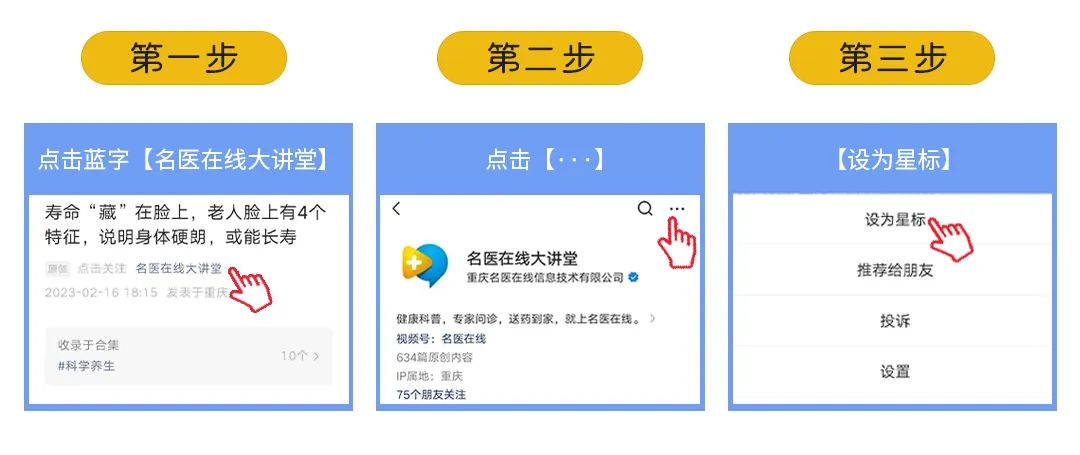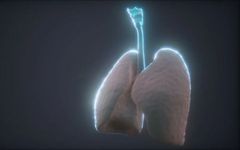
In the medical community, there are three main approaches to treating tumors, referred to as the “Three Horse Carriages“.
The first carriage is Western medicine, which employs various modern medical methods, including surgery and chemotherapy, to address localized lesions and promptly eliminate cancer cells, representing a confrontational strategy.
The second carriage is Traditional Chinese Medicine (TCM), which excels in holistic regulation, alleviating patient suffering, improving quality of life, and prolonging survival.
The third carriage encompasses various non-medical methods, including dietary adjustments, lifestyle changes, psychological support, and more.
Each of these treatment methods has its strengths, butthe combination of TCM and Western medicine can yield the best outcomes.
This is especially true for lung cancer, a type of tumor with a poor prognosis, where TCM plays a crucial role in alleviating and eliminating adverse reactions caused by tumor treatments, reducing suffering, prolonging survival, and enhancing quality of life.
Point 1
Understanding Lung Cancer from a TCM Perspective
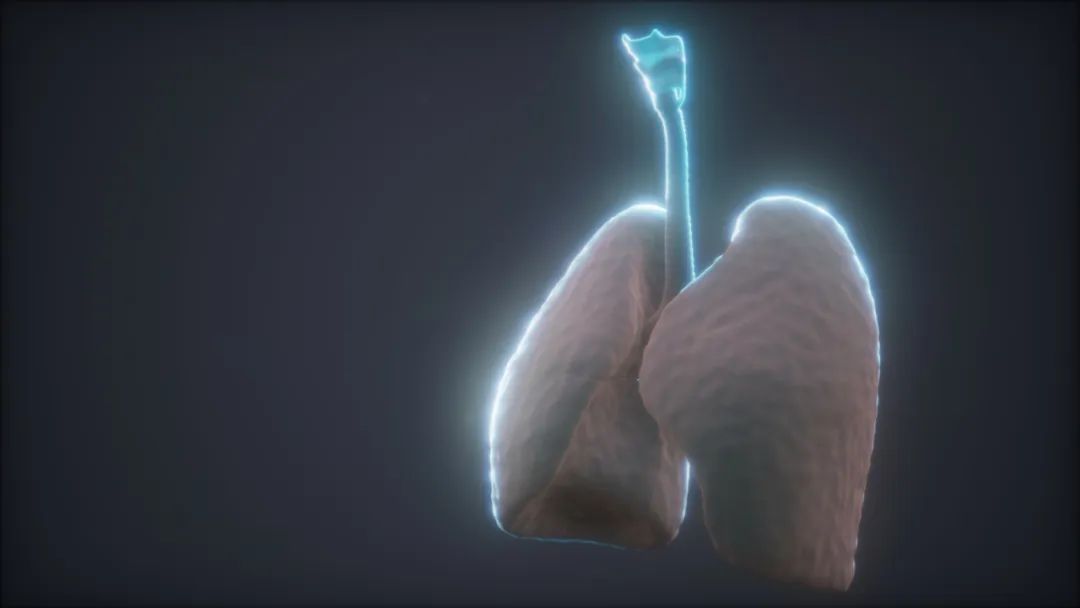
Lung cancer falls under the categories of “lung accumulation” (肺积, fei ji), “xibin” (息贲, xi bin), and “lung abscess” (肺疽, fei ju) as recorded in ancient TCM texts.
Over two thousand years ago, the “Nanjing” (难经) stated: “Lung accumulation is called xibin,” and later, the “Dongyi Baojian: Yungju Chapter” (《东医宝鉴·痈疽篇》) mentioned: “If an abscess arises internally, one must examine the organs; if there is a dull pain in the middle palace, it is lung abscess.”
The famous Ming dynasty physician Zhang Jingyue stated: “Those who are weak and imbalanced often suffer from accumulation diseases.”He believed that deficiency of righteous qi is a primary cause of lung cancer.
Insufficient righteous qi leads to weak lung qi, making it difficult to resist pathogenic toxins, or long-term exposure to harmful substances such as tobacco, which invade the lungs, causing lung yin to be scorched or disrupting the ascending and descending of qi, leading to blood stasis, phlegm accumulation, and the formation of tumors.
If you have related questions
click the image below to consult a doctor👇👇👇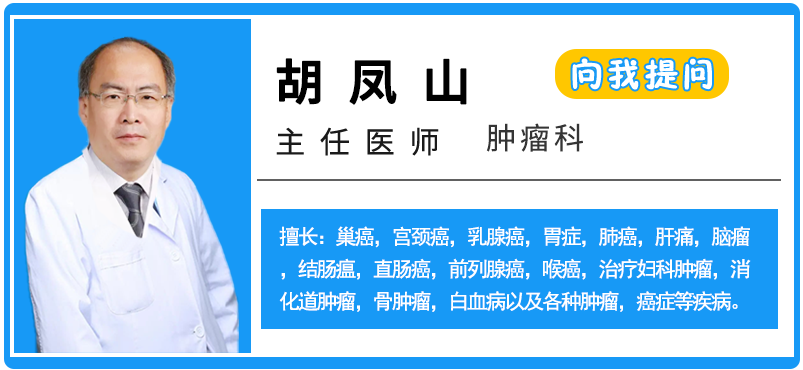
Point 2
A TCM Decoction for Treating Lung Cancer
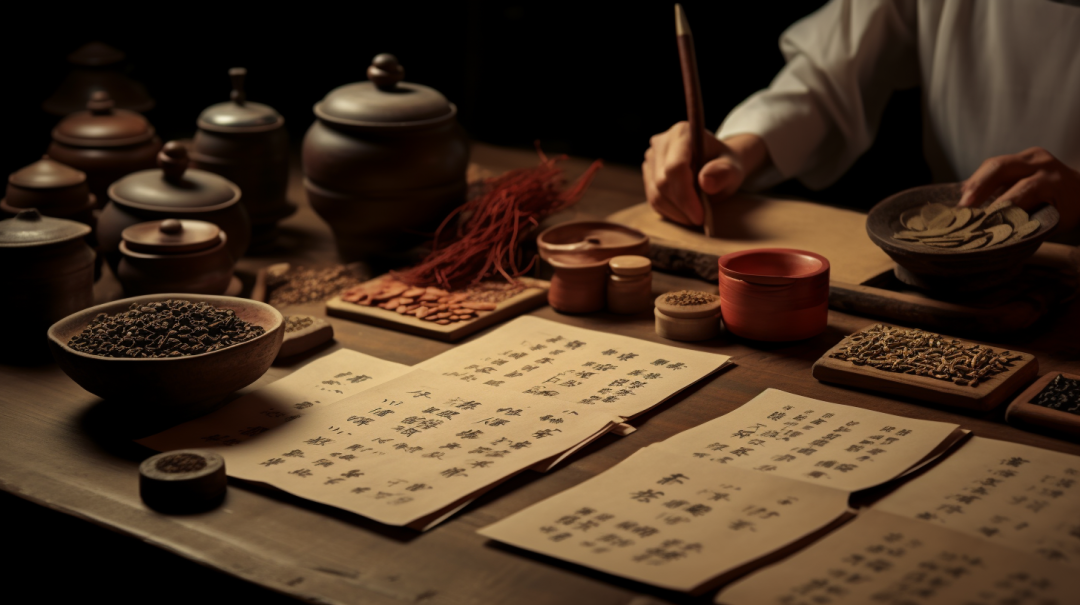

Herbal Formula: Xiangcao Fuzheng Heji (香草扶正合剂)

This formula has been reported as a major scientific project in Zhejiang Province and is currently under further research.
Project Name and Number:Clinical Research on Xiangcao Fuzheng Heji for Treating Non-Small Cell Lung Cancer (Zhejiang Province TCM Major Project 2018-2022).
Xiangcao (细梗香草, xì gěng xiāng cǎo) is a traditional folk medicine, sweet in nature and neutral in flavor, with the whole herb used for medicinal purposes, possessing effects such as clearing heat and detoxifying, dispelling wind, stopping cough, regulating menstruation, and calming the mind.
Literature reports its widespread use in treating colds, coughs, rheumatism, menstrual disorders, and neurasthenia.
Modern pharmacological studies indicate thatthis plant contains abundant flavonoids and saponins. Xiangcao exhibits antipyretic, antiviral, and anti-lung tumor pharmacological effects.
The volatile oil of Xiangcao is the chemical basis for its aromatic scent, and it is used in folk medicine as a culinary spice and in brine preservation; the decoction of its root can treat edema.
Point 3
Characteristics of Xiangcao
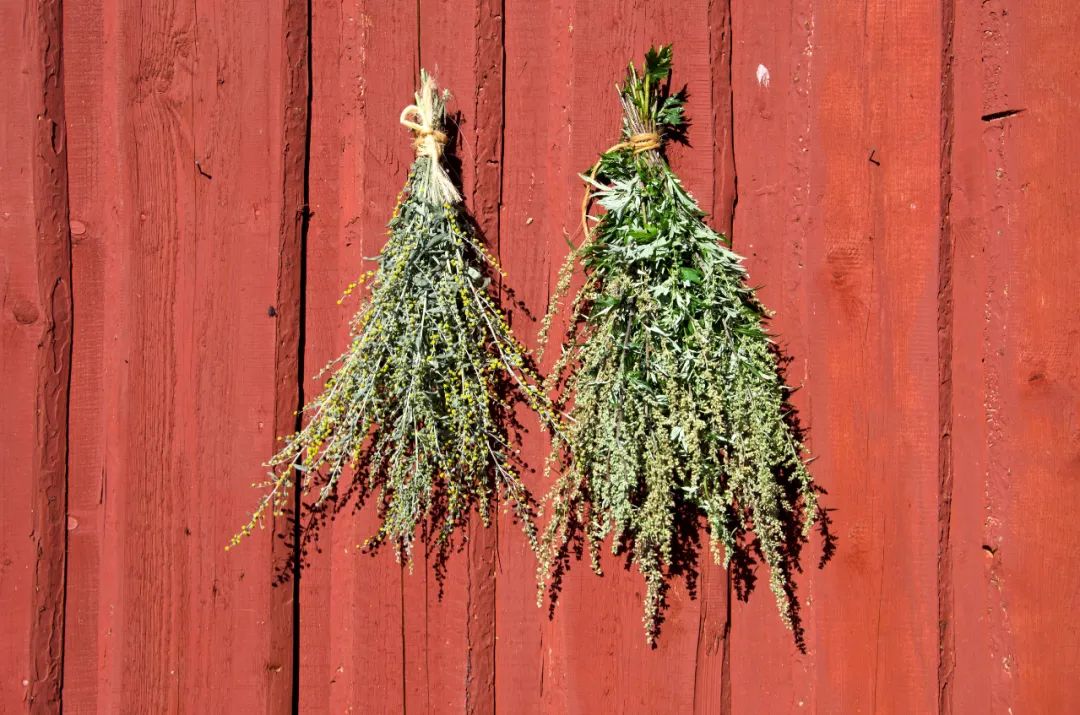
1
Inhibition of Tumor Growth
The total saponin extract of Xiangcao can effectively inhibit tumor growth in tumor-bearing nude mice and also induces apoptosis in various tumor cells in vitro.
The research team has long been engaged in studying the anti-tumor effects and mechanisms of total saponins from Xiangcao, discovering that total saponins from Xiangcaoinhibit the proliferation and promote apoptosis of lung cancer cells, and these anti-tumor effects may be related to the induction of intracellular reactive oxygen species burst and activation of the mitochondrial apoptosis pathway.
2
No Toxic Side Effects on Liver and Kidney Function
Simultaneously, the research team conducted in vivo studies on the anti-tumor potential of Xiangcao, finding thattotal saponins from Xiangcao not only inhibit tumor growth but also show no significant toxic side effects on liver and kidney function.
Total saponins from Xiangcao enhance the sensitivity of radiotherapy by inhibiting non-homologous end joining in the DNA damage repair process in non-small cell lung cancer and suppress the invasion and metastasis of lung cancer cells.

Xiangcao Fuzheng Heji is primarily used for postoperative recovery and in conjunction with tumor radiotherapy, chemotherapy, targeted drug therapy, or in advanced stages, to prolong the duration of drug resistance.
TCM emphasizesindividualized precision treatment, stressing a holistic view and dialectical treatment.
Patients have different constitutions, stages, and Western treatments received, leading to different prescriptions.
Therefore, if there is a treatment need, it is essential to consult a TCM practitioner for dialectical treatment,click the image below for a quick consultation.
If you have related questions
click the image below to consult a doctor👇👇👇
Introduction
Graduated from the Beijing University of Chinese Medicine, I have been engaged in clinical, research, and teaching work in the oncology department, focusing on TCM and integrated TCM-Western treatments for malignant tumors.I have unique insights into the diagnosis and treatment of common malignant tumors, chemotherapy reduction, and tumor hyperthermia, accumulating rich clinical experience. I specialize in treating gynecological tumors, gastrointestinal tumors, breast cancer, lung cancer, liver cancer, brain tumors, and have extensive experience in TCM and integrated TCM-Western treatments for common tumors, responsible for the gynecological tumor and hyperthermia specialty.Long press the image below,to add WeChatfor personal consultation👇👇👇



WeChat has been updated
Subscriptions without stars will be delayed
And only the title and small image can be seen
Sorry, there is no[star]
Our distance is really far
Follow the three steps below
to light up[star]
